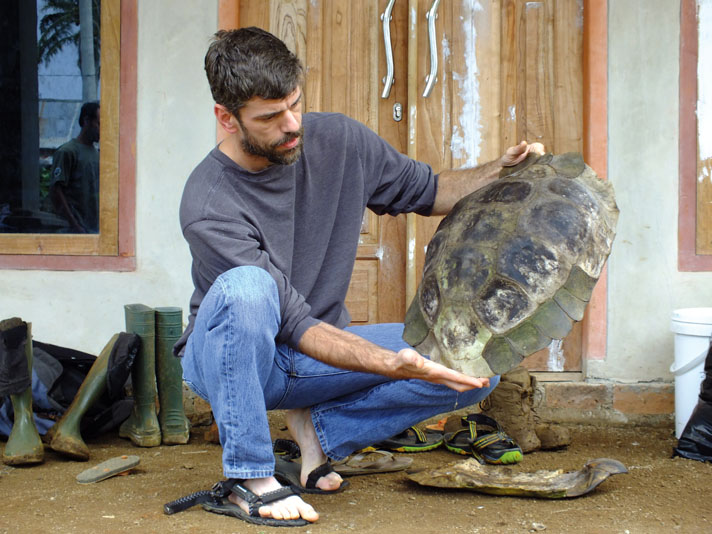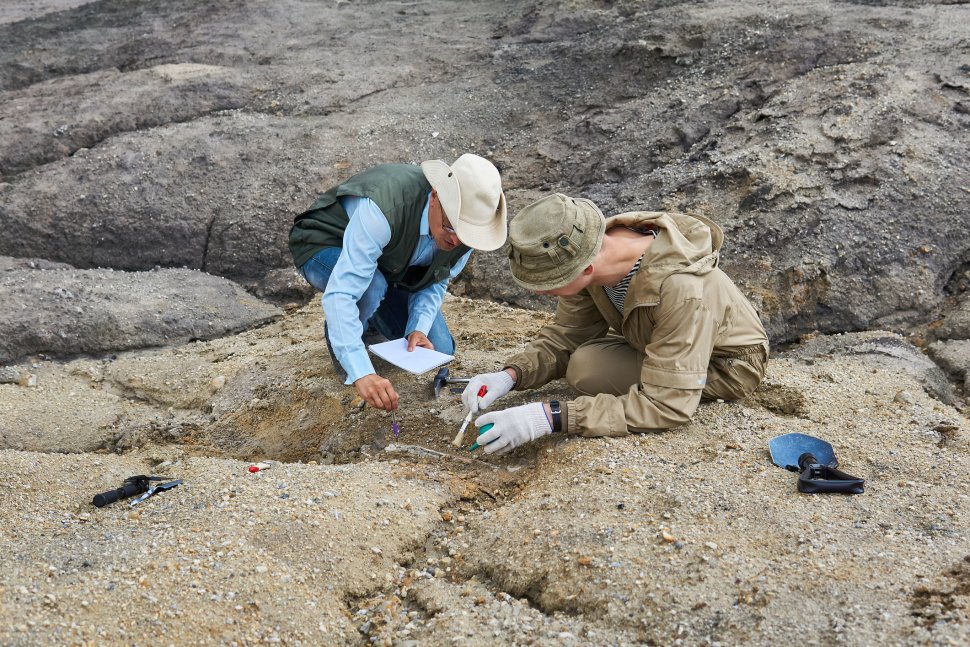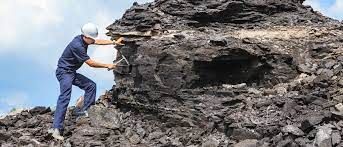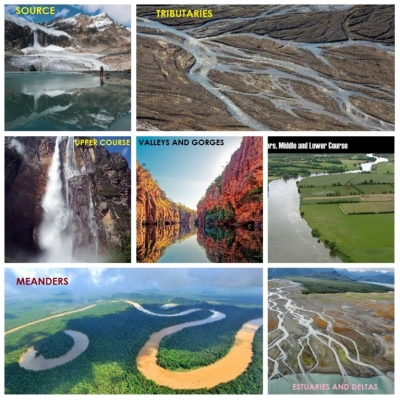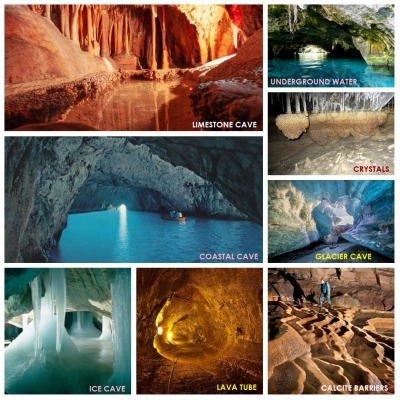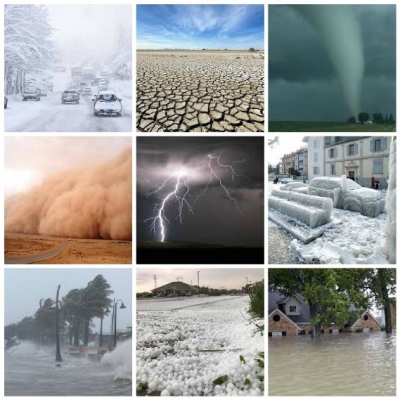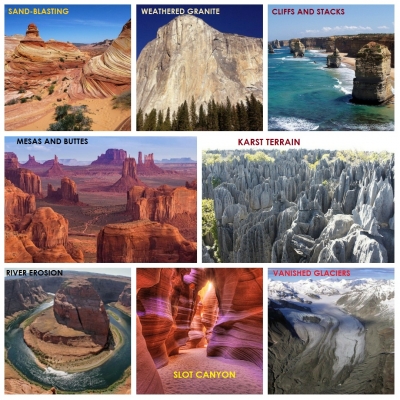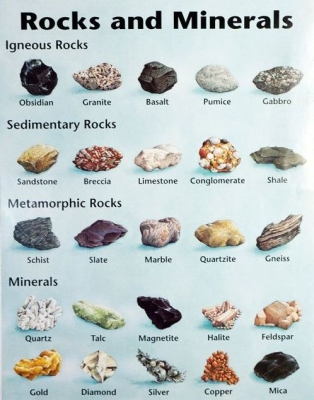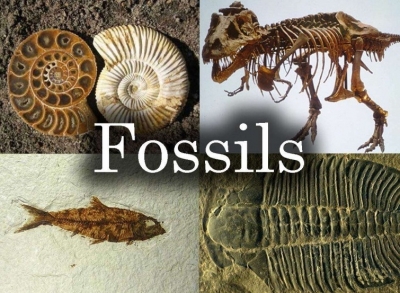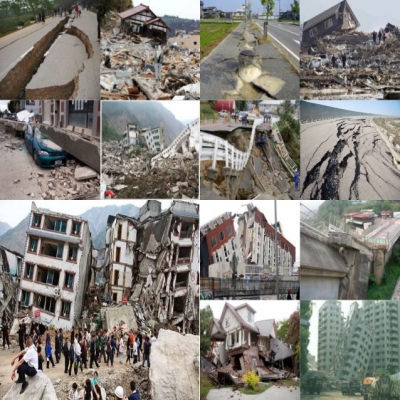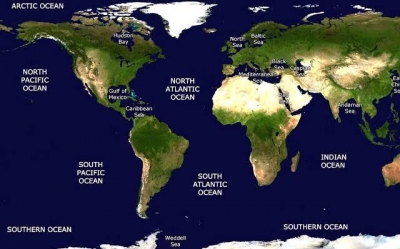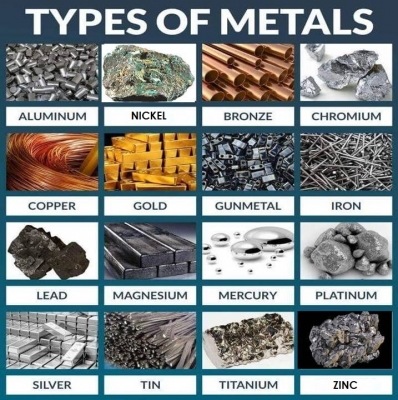
??TALS
Metals are minerals with a closely packed atomic structure, which makes them excellent conductors of electricity and heat. Most are also strong, workable materials, ideal for making a huge range of artefacts. Pure metals are elements, with only one type of atom in their chemical structure. In nature, many are mixed with rocks, or combined with other elements to form chemical compounds. These ores must be mined and processed to extract the pure metals.
LEAD
Very dense and heavy, lead is a dark, soft metal with a low melting point, which makes it easy to shape. It is widely used in lead-acid car batteries, but also for heavy weights and roofing. The main lead ore is galena, a compound of lead and sulfur that forms big crystals.
SILVER
One of the most prized metals, silver occurs in pure “native” form in volcanic rocks. It is very shiny when polished, but soon tarnishes. Since it is quite soft, it is often mixed with other metals to make harder alloys such as sterling silver.
PLATINUM
A beautiful, very heavy metal, platinum is often used in jewellery because, like gold, it never tarnishes. It is tougher than gold, and rarer, so it is more precious. It is sometimes found as nuggets of pure metal.
GOLD
Easily worked, always shiny, and the only metal that is always found in pure form, gold has been used to make precious objects for thousands of years. It is also used to make electrical contacts that do not degrade by tarnishing.
COPPER
Copper is a soft metal, often alloyed with zinc to make brass, or with tin to form bronze – both much harder. A good conductor, it is widely used for electric wire. Its main ore is chalcopyrite, a compound of copper, iron, and sulfur.
TITANIUM
Light yet very strong, titanium is often combined with other metals to make lightweight alloys used in aircraft, spacecraft, and the pressure - proof capsules of deep-sea submersibles. One of its main ores is rutile, a compound of titanium and oxygen.
ALUMINIUM
Abundant and resistant to corrosion, lightweight aluminium is widely used for foil, cans, and in aircraft. Its ore, bauxite, is a rock that contains many aluminium compounds.
NICKEL
Rarely used on its own, nickel is often alloyed with iron to make stainless steel. This is used for all kinds of applications, from knives and forks to replacement hip joints. Nickel is also alloyed with silver to make coins.
MERCURY
The only metal that is liquid at room temperature, mercury is most familiar as the silvery contents of a medical thermometer. Its ore, cinnabar, is a colourful compound of mercury and sulfur found near volcanoes.
IRON
The most useful of all metals, iron is strong, abundant, and easy to work with, especially when refined into various types of steel. Its main ore is hematite, an iron oxide – the same thing as rust.
ZINC
Zinc is a white metal that is alloyed with copper to make brass. Its main use, however, is plating or “galvanizing” steel to make it rust- proof. Its main ore is sphalerite, a sparkling mineral that is a compound of zinc, iron, and sulfur.
TIN
Well known for its use in tin cans – which are actually tin-plated steel – tin is widely used in electronic components because of its high electrical conductivity. It is also alloyed with lead to make the solder used to assemble electronic circuits.
Picture Credit : Google

